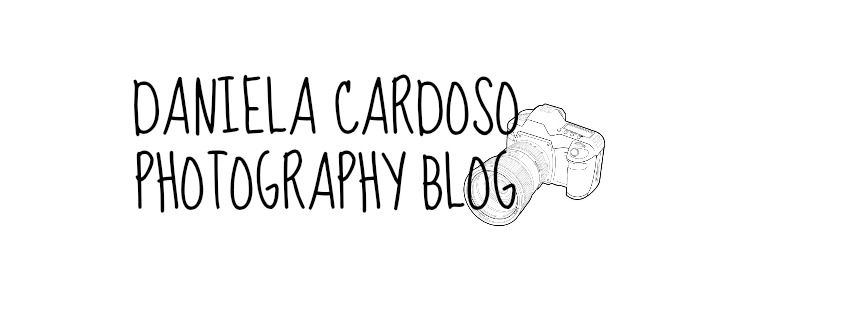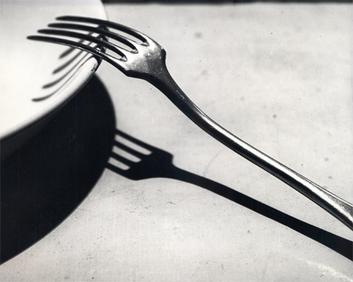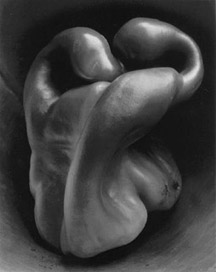TOM WOOD
This amazing photograph was taken by Tom Wood. Tom Wood was born in Ireland, 14 January 1951 and is a street photographer based and working in England. He has had solo shows and his work has been collected in five books. This photograph is called 'Mirror Mersey' and was taken in 1989. The work was exhibited in the Photographers Gallery and it was the first major UK show of photographer Tom Wood, since 1973 until the early 2000's. The exhibition was simply called 'Men and Women'. I choose to mainly look at Tom Wood's work for my final piece as I felt really inspired by his photography and I really liked the retro vibe it has. Also because it was taken at a different time period, the fashion is obviously different and I think this also adds to the retro-ness of the pictures.
To better understand Wood's work I looked at the whole collection of photographs for this exhibition.
I also read an interview he did for the guardian which also has mentions of the Men and Women exhibition.
"I'm just interested in good photographs," he says, shrugging. "I'm not a documentarist. I'm not trying to document anything. It's more about deciphering and transforming. I make what you might call real-life photographs."
In my opinion Tom Wood's work are portraits but some could argue that it's not. I think that the main theme (if there is one) is everyday life. His photographs are just of people living their everyday life and he happens to come along and take a photograph. I don't think there is a deeper meaning to his work, as he says he is only interested in a good photographs and he doesn't want to seem like he is documenting these people.
I don't think that Wood's photography isn't too complicated and he hasn't used many fancy tricks, he simply just saw his subject, insured the light was good and snapped away. Although for some of his shoots were it gives the illusion of movement he may have used a slow shutter speed to capture the movement. The colour of his photographs has got to be my favourite part of his work, I really like how the clothes due to their era are quite bright in comparison to the background.
I choose to look at his work because I really like the era that his pictures were taken and how much colour there is in his work. This work had inspired me to think a little less about trying to achieve the perfect picture, I also liked his subject matter of catching everyday people go about their lives.















